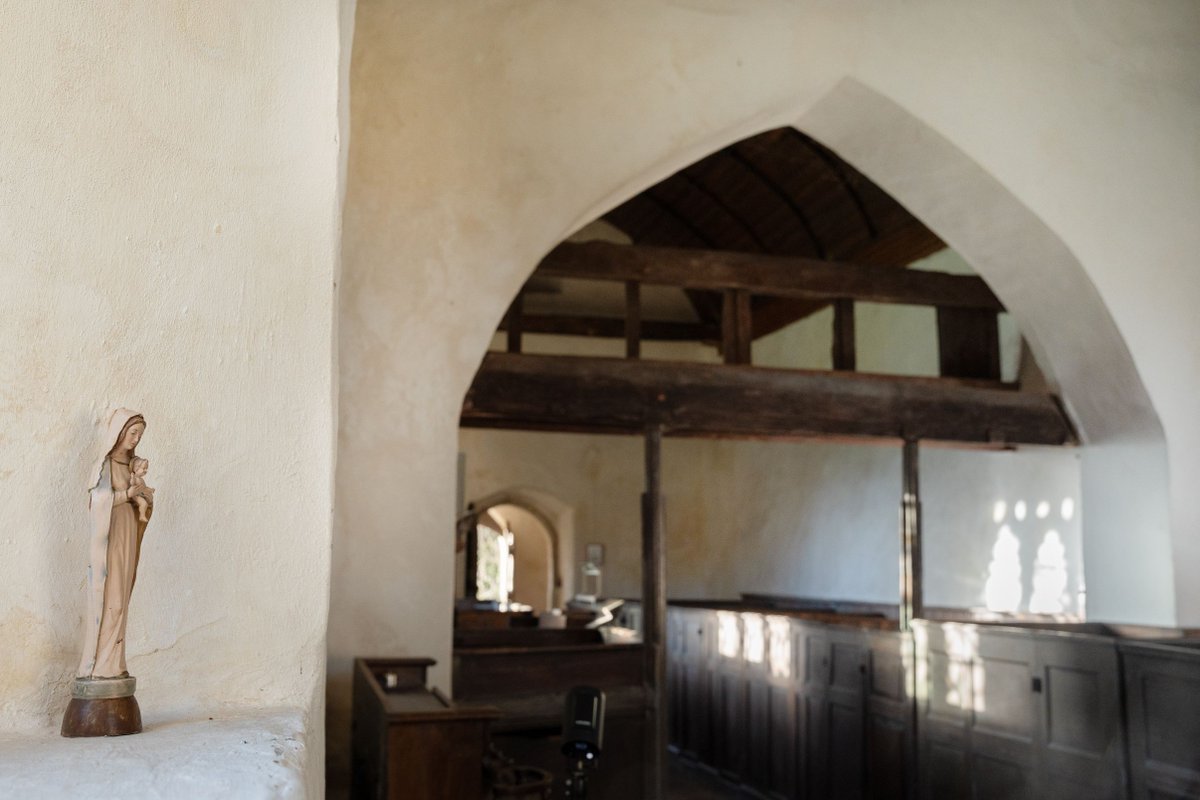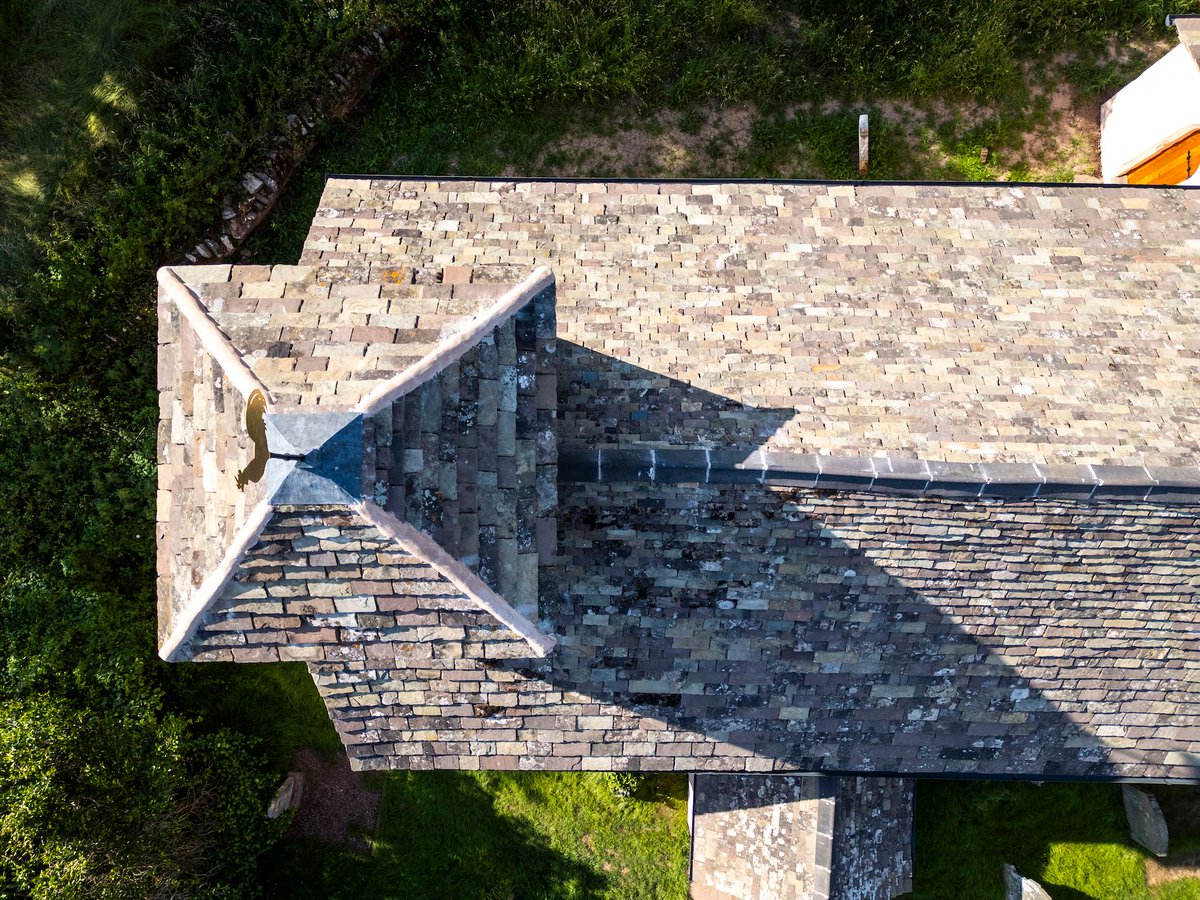Did you know the verb canter comes from Canterbury? It was coined to describe the easy galloping pace of pilgrims as they rode into Canterbury to St Thomas Becket’s shrine.
Pilgrimage to Canterbury began in 1172, and one of the most popular routes was the Pilgrim’s Way.
#thread
Pilgrimage to Canterbury began in 1172, and one of the most popular routes was the Pilgrim’s Way.
#thread

The Pilgrim’s Way is a 153 mile journey from Winchester to Canterbury. Along it, you’ll find the ruined church at St Mary’s, Eastwell in Kent.
2/
2/

It’s on the Charing to Chilham leg of the journey, which Donald Maxwell summarises, “In which is much water, first in well, West and East, then in a Lake, and finally in a River.”
3/
3/

Pilgrims would come thro Charing and first encounter Westwell, where a spring burst out of the hill above the church.
Eastwell is also an area gurgling with springs. In the 19th century the owners of Eastwell Park took advantage of this topographical feature to create a lake.
4/
Eastwell is also an area gurgling with springs. In the 19th century the owners of Eastwell Park took advantage of this topographical feature to create a lake.
4/

The lake is very large, covering 400 acres, and on a clear day, it casts a crisp reflection of the flint and rubble ruin.
From here the route wends towards Godmersham, where pilgrims could bathe their weary feet in the River Stour... on to Chartham and finally, Canterbury.
5/
From here the route wends towards Godmersham, where pilgrims could bathe their weary feet in the River Stour... on to Chartham and finally, Canterbury.
5/

For those who want to learn more about the nuts and bolts of medieval Christian pilgrimage, I can highly recommend this episode of @BBCInOurTime : bbc.in/3nNGIyj
Or if you'd like to read more about the route, check out @PilgrimTrust website: bit.ly/3efBpoh
Or if you'd like to read more about the route, check out @PilgrimTrust website: bit.ly/3efBpoh
• • •
Missing some Tweet in this thread? You can try to
force a refresh






















